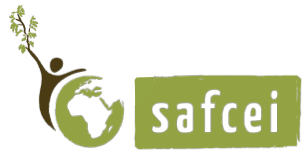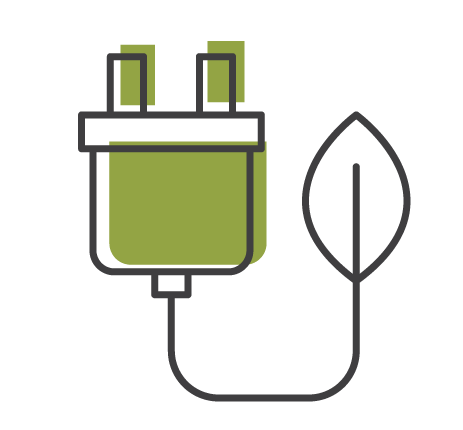SAFCEI submission to NERSA: 10 years on and South Africans still suffer tariff increases that only benefit a failing Eskom
- Published:
MEDIA RELEASE
9 SEPTEMBER 2022
SAFCEI SUBMISSION TO NERSA: 10 YEARS ON AND SOUTH AFRICANS STILL SUFFER TARIFF INCREASES THAT ONLY BENEFIT A FAILING ESKOM
Eskom is seeking to increase its electricity prices again, by 38.10% for the 2023/24 financial year, estimated revenue of R335-billion in its latest request to the National Energy Regulator (Nersa). This most recent request is a part of Eskom’s next Multi-Year Price Determination (MYPD5) revenue application, coming at a time of ongoing power cuts, that are euphemistically called “loadshedding”.
And once again, the Southern African Faith Communities’ Environment Institute (SAFCEI) has sent its objections to this unfair and exorbitant increase in comments to Nersa (on 8 September 2022).
“SAFCEI has made many written and oral submissions, over the years, appealing to Nersa to keep electricity tariffs affordable. Despite this, we are seeing far above inflation tariff increases year on year. Relying on the MYPD methodology is no longer a fit or fair model on which to base future electricity tariffs, because Eskom’s generation fleet is unreliable, and it has a huge debt burden. Eskom’s debt burden reduces its options for new generation, which affects production efficiency. However, despite our appeals each year, neither the process nor the methodology has changed and, as a result, we still see tariff increases that are far higher than inflation rates,” says Kim Kryshaar, an energy expert who tracks MYPD5 for SAFCEI.
SAFCEI’s Executive Director Francesca de Gasparis says, “Electricity users, including those relying on government grants and state subsidies, are expected to accommodate electricity price increases that far outstrip annual inflation or grant increases. These double digit electricity tariff increases will have a huge impact. And yet, the issues that make our energy system unaffordable, unreliable and unsafe: loadshedding, year on year double digit percentage rises in electricity tariffs, and poor energy planning- all stem from the government’s lack of action to deal with mismanagement and corruption.”
“Nersa has failed to shield citizens from unaffordable prices, in spite of civil society’s calls on the regulator to revise its methodology. And while Nersa did manage to reduce the last year’s increase request from 20.5% to 9.61%, it seems that Eskom is back for the shortfall, even though it is the root cause of its own problems. South Africans must remember that Eskom is a state-owned entity, not a private company – the government is its only shareholder – and it should be implementing government policy. This is what makes Nersa’s inability to enact the changes needed for a secure and affordable energy system and to initiate actions to address the tariff impacts on people with low incomes, so frustrating.”
SAFCEI’s Energy Consultant Kim Kruyshaar adds that Eskom’s current Multi-Year Price Determination (MYPD5) revenue application is another major part of the problem, since it may serve as the precursor to further, unacceptable tariff increases in future. She also says that without addressing the underlying reasons that have led to Eskom’s high supply costs, the MYPD in its current form, is an inadequate tool to determine its allowable revenue or annual price hikes.
“This is because Eskom’s proposed cost of supply model, which should result in a healthy revenue return, only works when energy production is efficient. In our current situation of frequent system failure, can Nersa really expect South Africans to rely on Eskom’s cost of supply model when the utility continues to demonstrate its inability to produce energy efficiently? Furthermore, we believe that it is particularly unethical that the MYPD is calculated as a cost recovery exercise by Eskom's accountants, especially considering how it ended up with this huge debt in the first place.”
The multi-faith environmental justice organisation says that the flaws in the current MYPD application, as a tool to support the NDP’s Critical Actions, become evident after a closer look. Firstly, it does not form part of a “social compact to reduce poverty and inequality, raise employment and investment”. And secondly, due to the constant electricity tariff increases, the MYPD application fails dismally as “a strategy to address poverty and its impacts by broadening access to employment, strengthening the social wage, improving public transport and raising rural incomes.”
“South Africans need a regulator that plays its role in achieving the goals expressed in the National Development Plan (NDP), which recognises that “affordable energy is essential to eliminate poverty and reduce inequality by 2030.” But Nersa is not the only problem. The Department of Mineral Resources and Energy (DMRE) also carries a significant degree of blame as it wasted so much time trying to invest in wholly unsuitable Karpowerships and nuclear options when it should have already been promoting new Renewable Energy (RE) generation. And what about the National Treasury who, in collaboration with CoGTA and SALGA, could by now have revised the free basic electricity (FBE) system so that all qualifying households receive their FBE? Ironically, if the FBE implementation was efficient, then billions of Treasury funds, for low-income households, would be paid to Eskom. Efforts could also be made to improve municipal payments to Eskom.”
SAFCEI says that, to strengthen its governance, the state must take steps to professionalise the public service, strengthen accountability, and improve intergovernmental coordination. The state should also take a visible, no-nonsense approach to corruption with real consequences for those implicated. “It is encouraging, however, to see that since the Zondo Commission’s reports were published, there does seem to be some movement on this front, with the recent arrests of a number of alleged Eskom criminals.”
Who we are
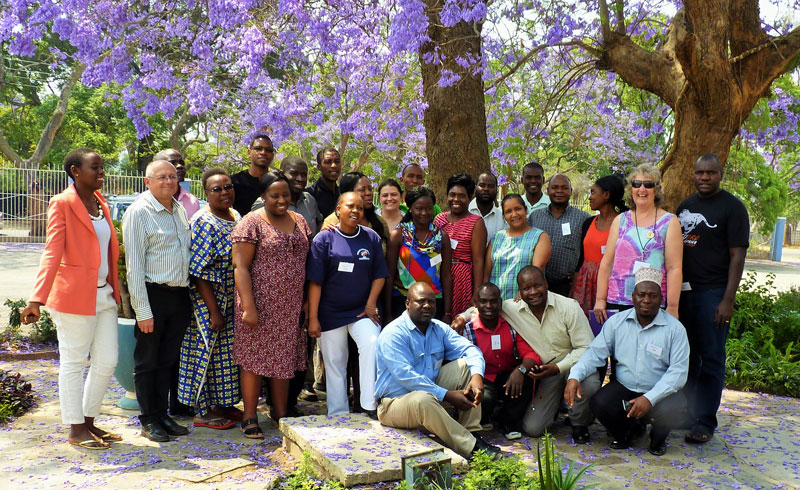
SAFCEI (Southern African Faith Communities’ Environment Institute) is a multi-faith organisation committed to supporting faith leaders and their communities in Southern Africa to increase awareness, understanding and action on eco-justice, sustainable living and climate change.
Featured Articles
-
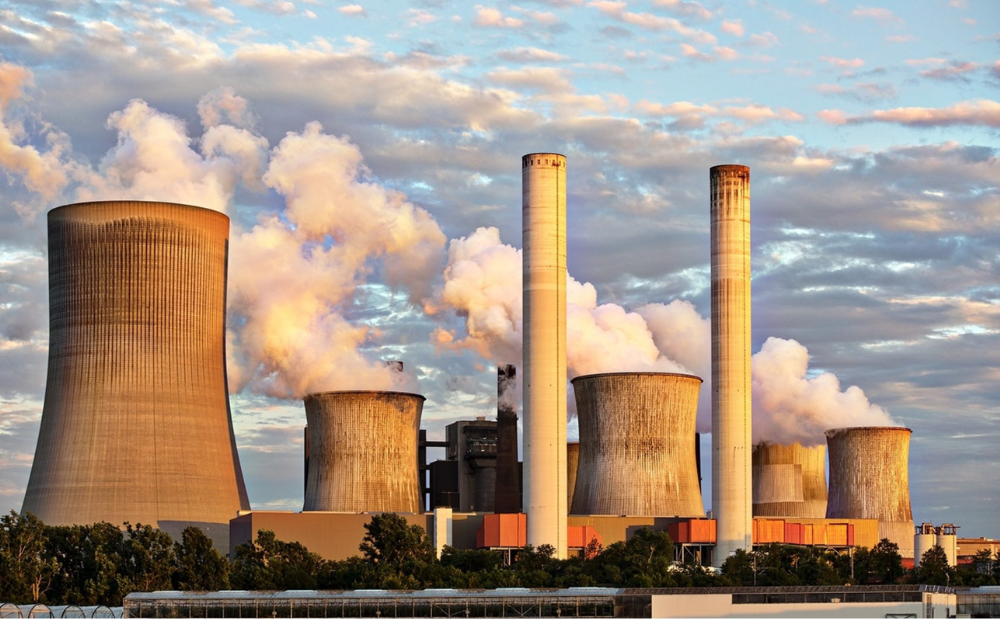
South Africa: Who Ends Up Paying If DMRE Cooks the Price of Nuclear Power?
-
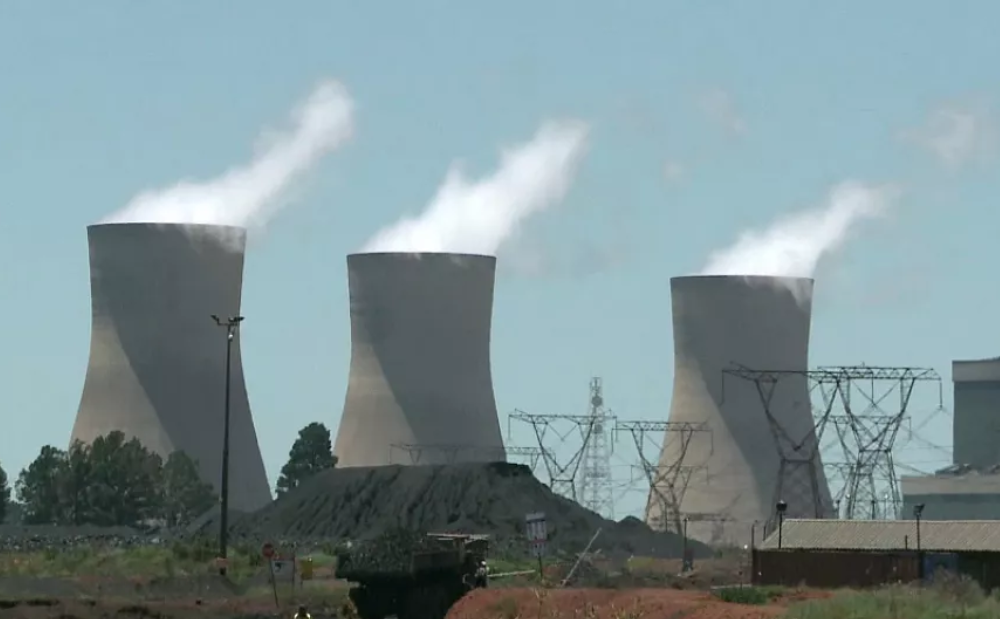
South Africa’s nuclear energy expansion plans continue to draw criticism, environmental NGOs chew over legal challenge
-

Earthlife Africa and SAFCEI respond to latest unsettling nuclear news regarding the ministerial determination
-
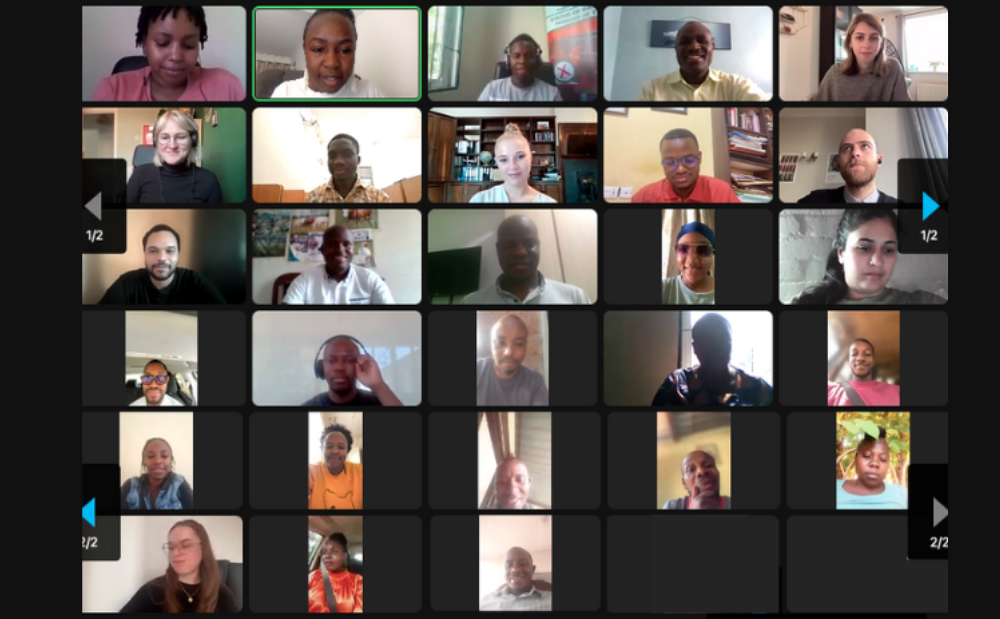
Open Wing Alliance Africa (Virtual) Summit 2023
-
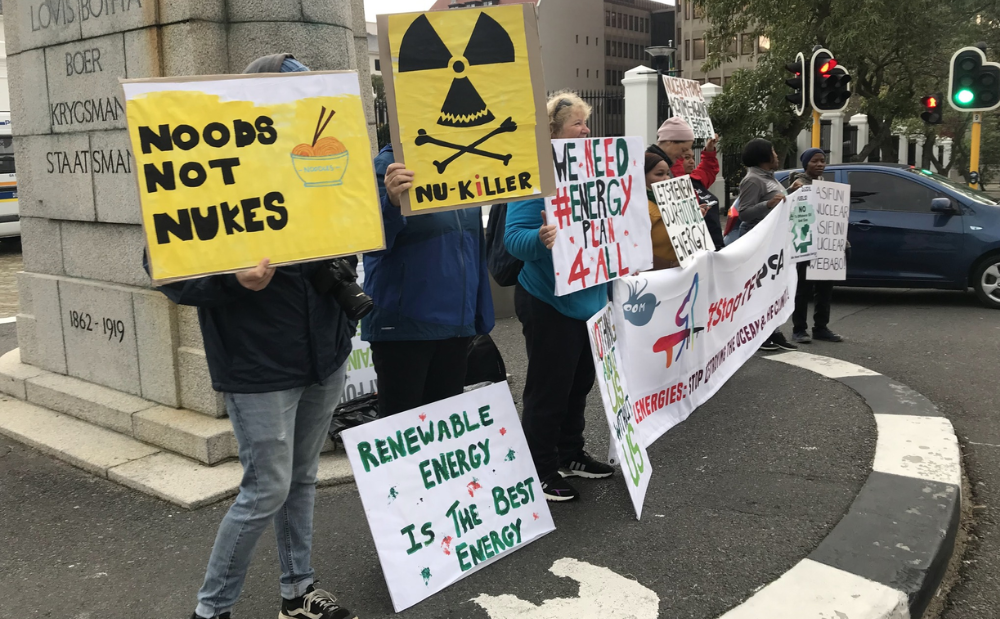
The Green Connection and SAFCEI respond to energy minister's divisive and deflecting comments
-

Job Vacancy: FLEAT Coordinator

